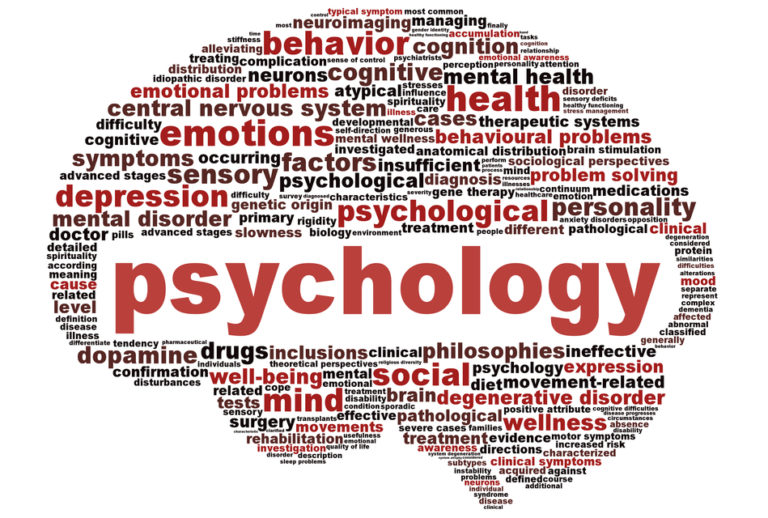What is a Case Study?
A case study is an account of an activity, event or problem that contains a real or hypothetical situation and includes the complexities you would encounter in the workplace. Case studies are used to help you see how the complexities of real life influence decisions.
Click here Read more interesting case study based article on each TLS sub topic in my second website
Analysing a case study requires you to practice applying your knowledge and your thinking skills to a real situation. To learn from a case study analysis you will be “analysing, applying knowledge, reasoning and drawing conclusions” (Kardos & Smith 1979).
According to Kardos and Smith (1979) a good case has the following features:
- It is taken from real life (true identities may be concealed).
- It consists of many parts and each part usually ends with problems and points for discussion. There may not be a clear cut off point to the situation.
- It includes sufficient information for the reader to treat problems and issues.
- It is believable for the reader (the case contains the setting, personalities, sequence of events, problems and conflicts)
Role Play
Mental age
Psychological development,
the development of human beings’ cognitive, emotional, intellectual, and social capabilities and functioning over the course of the life span, from infancy through old age. It is the subject matter of the discipline known as developmental psychology.
General-Nature of Growth and Development:
We often use ‘growth’ and ‘development’ interchangeably, as synonymous terms. In the strictest sense of the word, ‘growth’ is different from ‘development’. In this strict sense ‘growth’ means an increase in size. When we say that a body or any of its parts has “grown”, it means that it has become larger and heavier.
Thus increase in size height, length and weight which can be measured, contributes ‘growth’. Development, in the strict sense of the word, implies change in shape, form or structure resulting in improved working or functioning. Improved functioning implies certain qualitative changes leading to maturity. For example, ‘arms’ do not grow larger but they also develop because they improve in their functions. Increase in size and structure of arms enables the human individual to use them for more complex functions which were not possible earlier.
What is the aim of education?
Education is a systematic process through which a child or an adult acquires knowledge, experience, skill and sound attitude. It makes an individual civilized, refined, cultured and educated. For a civilized and socialized society, education is the only means. Itsgoal is to make an individual perfect.
What does intellectual development include?
Intellectual development is all about learning. It is about how individuals organise their minds, ideas and thoughts to make sense of the world they live in. … Children learn through the other areas of development . Physical development – through the senses by touching, tasting, listening and playing.
what is spiral curriculum?
what is scaffolding method?
Instructional scaffolding is a process through which a teacher adds supports for students in order to enhance learning and aid in the mastery of tasks. The teacher does this by systematically building on students’ experiences and knowledge as they are learning new skills.
what is Taba method?
Taba model: Taba model is inductive approach. Taba model is teacher approach. Taba believe that teachers are aware of the students needs hence they should be the one to develop the curriculum. …Taba’s inductive approach Taba advocated an inductive approach to curriculum development.

